Three new sand and gravel mines are proposed for the Cuyama River in Santa Barbara and Ventura Counties near the Los Padres National Forest. If approved, the mines and associated truck traffic will have a profound impact on forest recreation, traffic, and the rural quality of life in the Cuyama and Ojai valleys, according to a draft environmental report released last month.
The three mines combined could add more than 300 daily truck trips on California Scenic Highway 33, which connects the Cuyama Valley with Ojai. The “Jacinto Reyes Scenic Byway” cuts through some of the most spectacular scenery of the Los Padres National Forest, from the Pine Mountain Summit through the Sespe Wild & Scenic River corridor.
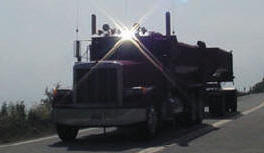
The first mine to be approved—and the largest of the three—is the Diamond Rock Sand and Gravel Mine, proposed for 133 acres in the Cuyama Valley. The site is located along Highway 33 near the Ventura-Santa Barbara county line.
Here, the project applicant—Troesh Ready Mix of Nipomo—proposes to excavate sand and gravel from 84 acres of the Cuyama River channel, leaving a mining pit up to ninety feet deep. The material would then be transported to a processing, stockpiling, and truck loading area along the highway. Once loaded, the trucks would travel south along Highway 33 through Ojai, or north to Highway 166.
The Diamond Rock mine would produce more than thirteen million tons of product over a thirty-year period. The material would be used to produce Portland cement concrete-grade aggregate for housing and commercial construction and infrastructure projects such as roads.
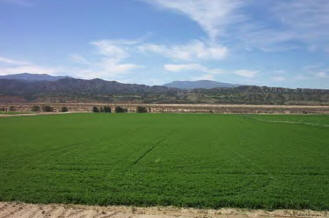
The proposed mining operations would occur up to 303 days per year, with some operations occurring year-round. Mining would occur Monday through Saturday during daylight hours, with processing allowed up to 10:00pm. Truck loading could occur 24 hours a day on weekdays and weekends.
In addition to the proposed Diamond Rock mine, two other existing operations in the area are proposing to dramatically expand their operations.
One of the existing mines—Ozena Valley Ranch Sand & Gravel Mine—is seeking to more than double its size, from 15 to 36.8 acres. This mine is located on Lockwood Valley Road, about one mile east of Highway 33. The other existing mine—the GPS River Rock Products mine—is located 1000 feet north of the proposed Diamond Rock mine, and is proposing to extend its operations for another ten years.
More Trucks Through the Forest
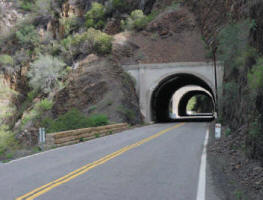
Many of us have traveled Highway 33 at one time or another, and we all have our own stories to tell about how oncoming trucks from these mines have nearly run us off the narrow winding road. Homeowners who live along the highway live with noise and safety issues posed by these trucks on a daily basis.
Trucks currently come from three sites—the GPS mine, the Ozena mine, and the Lima Gypsum Mine. If the proposed Diamond Rock mine is approved, nearby homeowners and forest visitors could see upwards of 519 daily truck trips on Highway 33:
| Mine | Average Daily Trips | Hour Restrictions |
| Lima Gypsum | 240 | 6am – 6pm |
| Ozena Mine | 132 | 3am – 5pm; no Ojai traffic from 7-9am and 3-6pm |
| GPS Mine | 55 | 5am – 5pm |
| Diamond Rock | 92 | ? |
| TOTAL | 519 |
Source: Diamond Rock DEIR pp. 6-1 and 6-2.
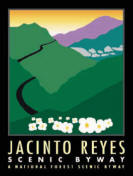
Highway 33 is the only officially-designated Scenic Byway in the Los Padres National Forest, and is a popular route for motorcyclists and drivers alike. It takes travelers from the Ojai Valley through the spectacular Sespe Wild & Scenic River gorge, cresting Pine Mountain Summit before descending down into the rural Cuyama Valley. Many of these trucks would travel south on Highway 33, changing the character of this scenic route.
Air Pollution Exceeds Thresholds
If a new project emits more than 55 pounds of air pollutants like nitrous oxide, Santa Barbara County considers that to be a “significant” impact. The pollution from the proposed Diamond Rock mine would greatly exceed this threshold, adding 179 pounds of NOx pollutants per day in an average year, and 268 pounds per day during a peak production year – three to five times the County standard.
The Draft Environmental Impact Report for the Diamond Rock mine states that the proposed mining “would result in a significant, unavoidable impact (Class I) on air quality. The proposed project would create a new source of nitrogen oxide (NOx) and reactive organic compound (ROC) emissions due to onsite mining, onsite hauling, and processing activities. Both the average and peak daily NOx and ROC would exceed the County Planning and Development and APCD significance thresholds for emissions during operation (55 pounds per day for ROC or NOx).” DEIR at p. ES-4.
Rural Quality of Life
More than 63 Cuyama Valley residents wrote letters to Santa Barbara County last year, urging the agency to protect the rural quality of life in the area. Such an influx of mining operations and truck traffic would surely degrade the area’s rural feel with additional noise, pollution, visual blight, and public safety issues.
“We are having a difficult time understanding how 138 daily truck trips, operating 24 hours a day, 7 days a week, 365 days a year benefits anyone in our community,” wrote the residents in a letter last year. “We unequivocally and unanimously believe that the proposed mine will indelibly degrade our quality of life, lower land value and create grave safety issues for our rural agricultural community,” they wrote, urging the County to address a variety of issues before approving the project.
What’s Next
The County is currently accepting comments on the Draft Environmental Impact Report. The County then plans to present the issue to the Planning Commission at a hearing in March or April.
If you share our concern about increased truck traffic through the forest, ForestWatch encourages you to write a letter to Santa Barbara County.
Meanwhile, Ventura County is proceeding with plans to approve the Ozena Ranch mine. The County released its environmental documents in July 2006, concluding that there would be no significant impact on the environment. As a result of letters from ForestWatch and other groups, the County postponed a public hearing scheduled on the matter and plans to reschedule the hearing for later this Spring.
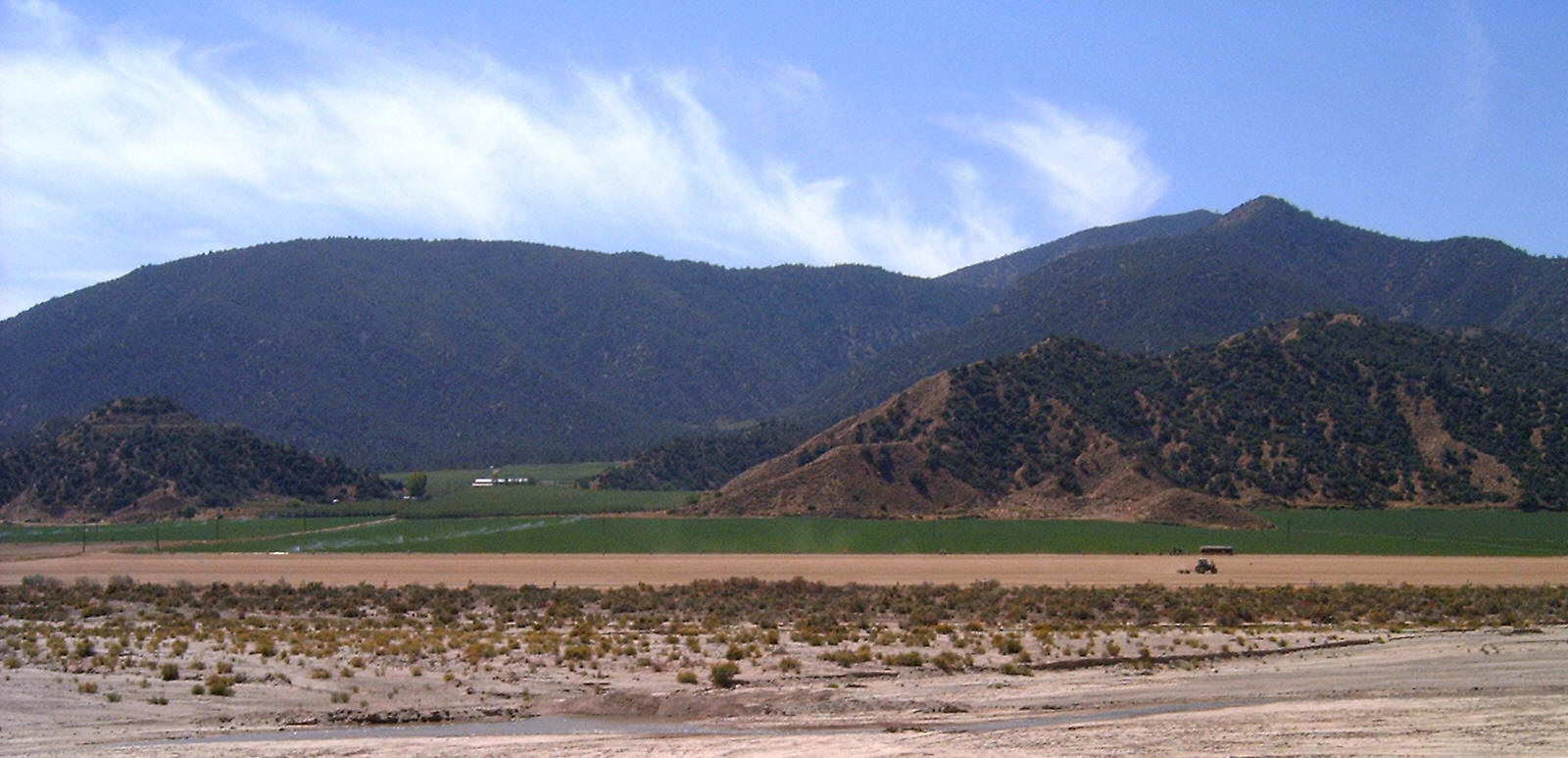







Comments are closed.